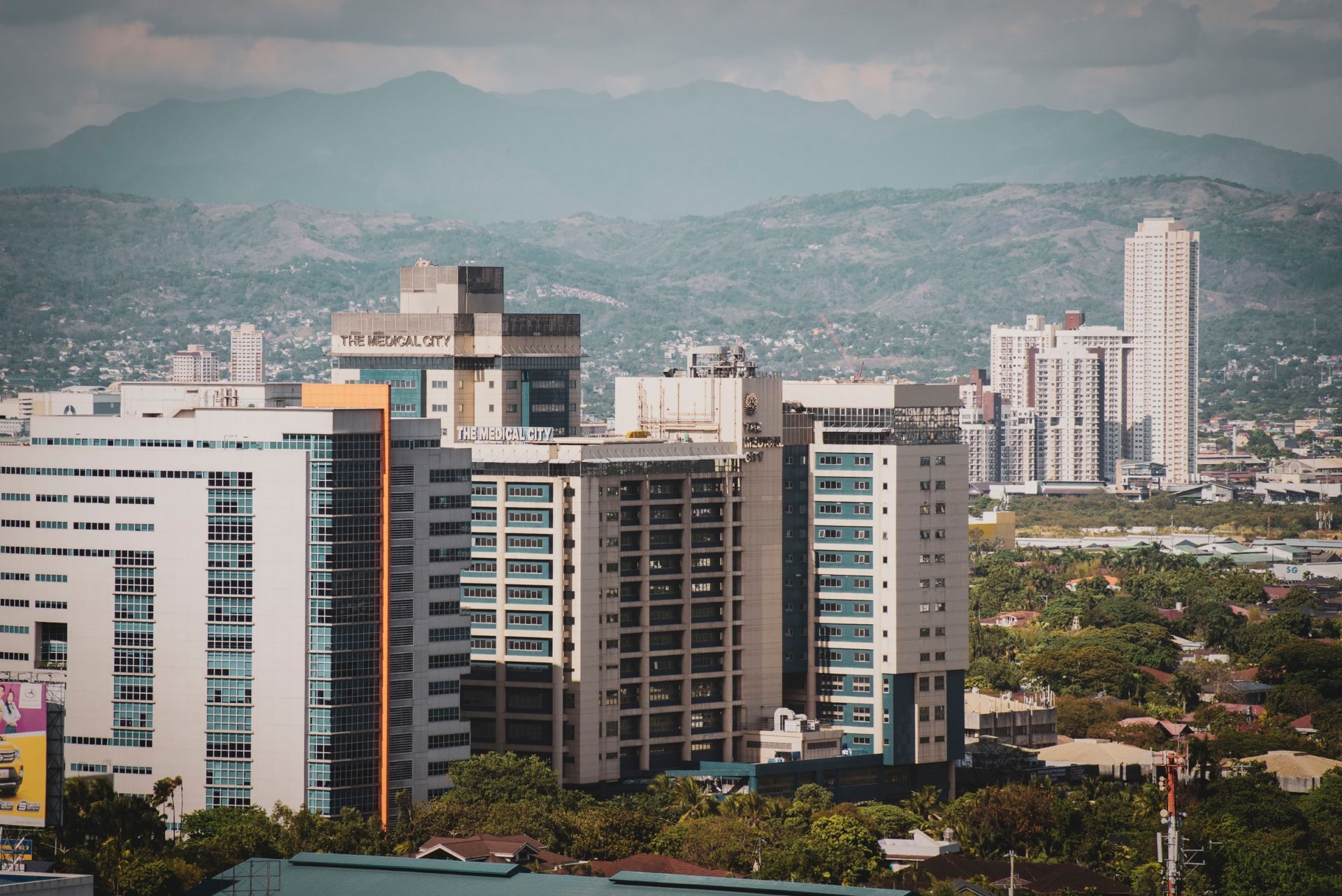When the whole world agrees to keep the temperature from rising beyond 1.5 degrees Celsius, how, exactly, is one city supposed to act?
This question is at the heart of Ambitious City Promises (ACP), a 4.5 year-long project aiming to actualize the Paris Agreement’s high-level goals for local governments in Southeast Asia. Frameworks to bring global goals to local realities often need to consider and reflect the local and regional contexts. Here is the story of Pasig City, Philippines, in its push to be bolder.
Pasig’s motivation as a model of climate action
Pasig City is one of the oldest and most prosperous cities among the coalition of 16 local governments that make up Metro Manila. With a strong tradition of local initiatives aimed at continuous improvement, the economically dynamic Pasig has set out to reimagine its approach to climate action, recognizing its role in catalyzing change across the National Capital Region.
The Philippines has a unique approach to its low emission development pathway. As a low-lying island nation home to incredibly dense Metro Manila, the national government understands how crucial adaptation is to its future. However, local leaders also see the value of mitigation efforts to avoid the lock-in effect of carbon-intensive infrastructure and to explore opportunities to advance a low-carbon economy that will result in greater security, for instance, in the energy and transport sectors. In this spirit, Pasig, as a commercial center of Metro Manila, has been aggressively mobilizing its resources to spearhead sustainability initiatives and bring fellow municipalities on board. Pasig has been recognized for its sustainable transport program and serves as a model of a liveable city, having won the Galing Pook Awards for Outstanding Local Government Program (2017) and LGU Eco Champion National Awards (2015), to name a few.
Mayor Vico Sotto, elected in 2019, embodies a governance style emblematic of Pasig’s renewed willingness to reexamine its climate ambitions and to question the status quo, both of which are core to ACP. Sotto is the youngest mayor in Pasig’s history and puts transparent, people-centric values front and center.
“Pasig City still has a long way to go in reducing its GHG emissions, and we are by no means shifting the burden of climate action to our constituents. Rather, we want to engage our constituents directly because we recognize the value of inclusive climate planning and of driving climate action from the bottom up. Pasig City is taking steps towards transformative climate action. Together with our constituents, we are up for that challenge.
With these small and continuously evolving strategies, perhaps Pasig City will, one day, take its place alongside Kyoto, Paris, and Seoul as cities that are transforming our approach to climate action.”
— Vico Sotto, Mayor of Pasig City, Philippines
In practice, how is the city acting on climate? For this, we turn to Ambitious City Promises, the project that has spearheaded a new method of bottom-up climate action in Southeast Asia.
What is a City Promise?
A City Promise represents a different theory of climate action, one that espouses mutual trust, reputation-driven accountability, ambitious targets, and ‒ most importantly ‒ collaboration with relevant stakeholders. The term “Promise” implies collective relations and accountability across stakeholders in emission reductions within a particular city, peer cities, national and local governments, and international bodies.
Aiming to align with the Paris Agreement’s 1.5°C degrees goal, the model of a City Promise actualizes international ambitions on the local level. City governments and communities in Jakarta (Indonesia), Pasig City (the Philippines), and Hanoi (Vietnam) joined forces to adopt an inclusive and ambitious approach to climate action that goes beyond the national targets with clear implementation plans.
Related Articles: Climate Action Must Progress Far Faster to Achieve 1.5 C Goal | How Multistakeholder Partnerships Can Deliver SDG Progress
Ambitious Goals of Pasig’s Promise
Pasig refuses to be complacent. It envisions itself as a leader in implementing climate change adaptation and mitigation strategies, and understands the importance of empowering stakeholders to shape the Philippine NDC’s “whole-of-government and whole-of-society approach”. With this mindset, the city joined ACP, led Philippine cities in voluntarily formulating GHG inventories, and identified priority mitigation actions together with its constituents.
Pasig has committed itself to climate action more ambitious than the national targets: a 20% emissions reduction by 2030, relative to the base year of 2017. This is a remarkable mission since emissions reductions of the majority of the region are usually calculated relative to a business as usual scenario, which often results in a net emissions increase for cities in the Global South.
Pasig City launched an online platform to pledge its climate actions, in which sector-specific goals are borne out of its GHG inventory and rigorous stakeholder engagement. The Promise outlines 422 specific climate actions across five priority goal areas: energy, transport, waste, ecology, health and disaster risk reduction & management (DRRM). For example, buildings constitute a bulk of energy sector emissions, so all new construction by 2030 should be based on energy and resource efficient designs. Other goals across sectors include bike lane expansion, locally-reduced solid waste generation, and food production-specific green space creation. These actions are to be implemented through different instruments such as infrastructure roll-out, research, partnerships, capacity building, advocacy, process streamlining, policy ordinance and compliance, knowledge sharing and dissemination, and lifestyle shift.
The Promise of Pasig will be a living effort that continuously looks for opportunities to support emissions reduction at the national level by up to 75 percent, 2.71 percent of which will be unconditional, against the business as usual scenario over the next decade. By putting current and future Pasigueños at the heart of decision-making processes, Pasig is creating a model for other Philippine cities to explore. In this June 15 interview, Mayor Sotto outlines citizen participation in Pasig, and how governments can create spaces for their people to commit to key behavioral emissions reductions steps.
Future Outlook
As the Ambitious City Promises project concludes, each project city is well positioned to inclusively implement climate commitments. Now more than ever, local governments need to take advantage of green recovery mechanisms to remain on track to meet their commitments to climate action and sustainable development. The established implementation and monitoring mechanisms, together with the strong commitments from stakeholder groups and the city government, ensure that the project cities can continue on their path towards sustainability.
Editor’s Note: The opinions expressed here by Impakter.com columnists are their own, not those of Impakter.com. — In the Featured Photo: Pasig City, Metro Manila, Philippines. Featured Photo Credit: Lawrence Aritao.










